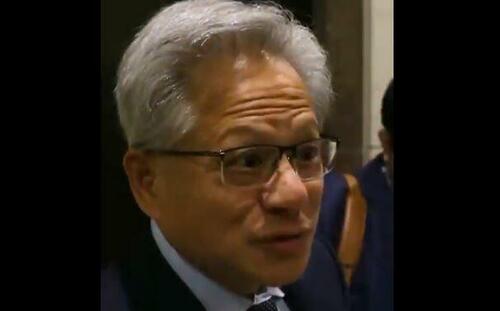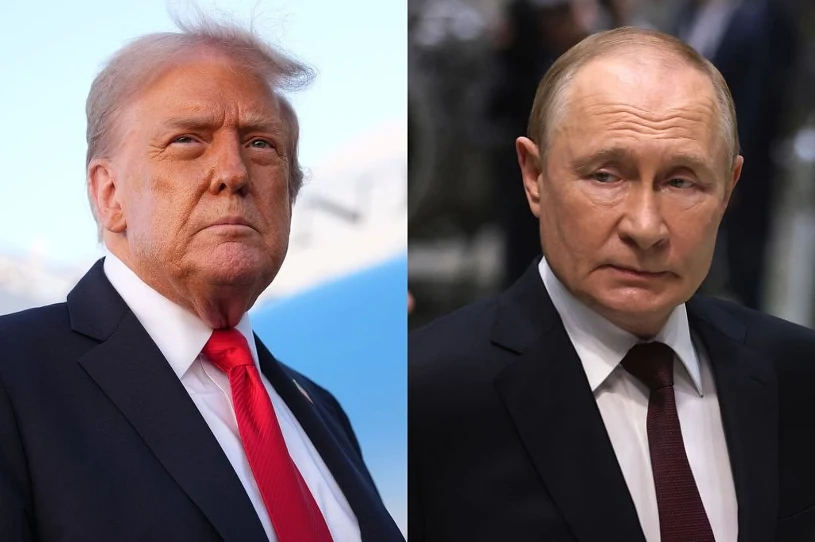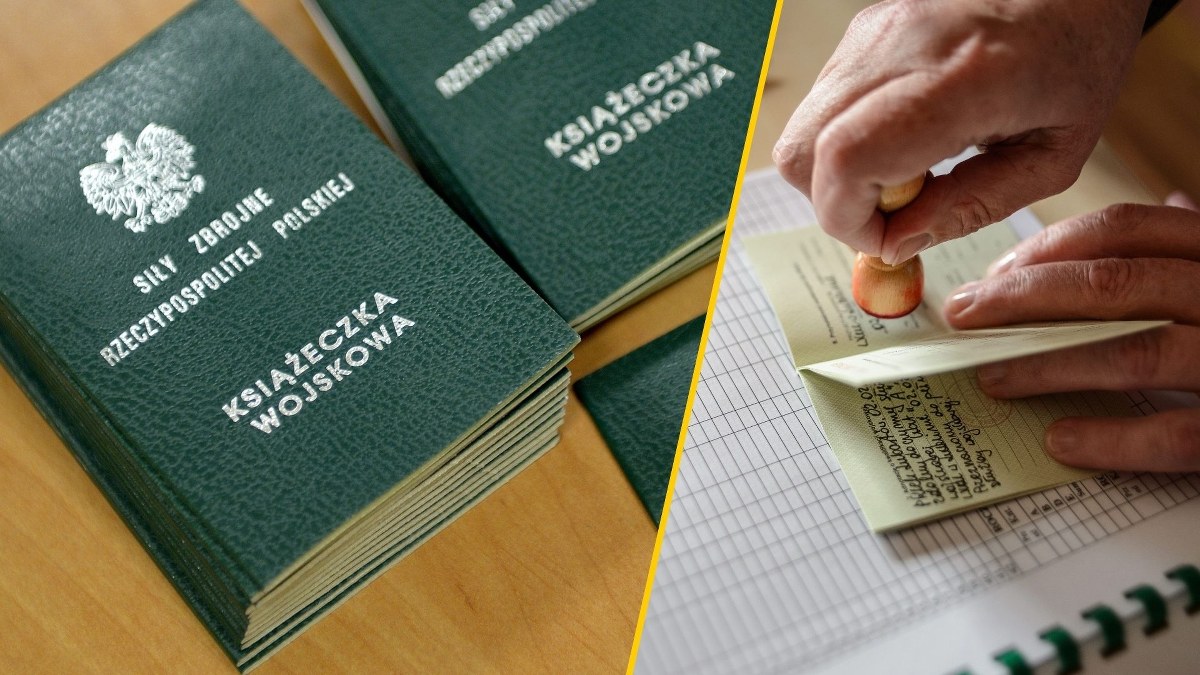’We’re Very, Very Close’: Nvidia’s Huang Warns Of U.S.-China AI Race, Sees Trade Jobs Boom
Nvidia CEO Jensen Huang warned Wednesday at the Hill and Valley Forum in Washington, D.C., that the U.S. and China are in a fierce, long-term AI supremacy race, while touting AI’s potential to transform industries and drive a trade jobs boom.
“China is right behind us,” Huang told CNBC’s Squawk on the Street after his forum appearance. “We’re very, very close.” The billionaire tech founder, whose company dominates the AI chip market, framed the competition as enduring. “This is a long-term, an infinite race,” he said. “In the world of life, there’s no two-minute drill or end of the quarter.” Huang’s comments underscore the high stakes of AI development as both nations channel vast resources into the transformative technology. “We’re going to compete for a long time,” he added.
Nvidia CEO Jensen Huang says China is right behind the U.S. in the AI race while at the Hill and Valley Forum. pic.twitter.com/XbVL5iQgFf
— Turpentine (@TurpentineMedia) April 30, 2025
At the forum, Huang, in conversation with Jacob Helberg, Under Secretary of State for Economic Growth, Energy, and the Environment nominee and forum co-founder, weighed in on AI’s impacted on manufacturing. “Every company that makes things today—whether lawnmowers or construction machinery—will shift from manual to autonomous or semi-autonomous systems,” he said. “When it becomes autonomous, it’ll be software-defined, and you’ll need factories to produce the AI that powers it.” Huang envisioned a dual industrial model: one factory building physical products, another generating the AI “tokens” that drive them.
NVIDIA CEO Jensen Huang explains to @jacobhelberg how every company with a physical factory will also operate an AI factory: pic.twitter.com/R8MyrPMEEP
— Turpentine (@TurpentineMedia) April 30, 2025
Huang also addressed AI’s impact on the labor market, predicting that the changes, though severe, will be a net-positive for society. “New jobs will be created, some jobs will be lost, every job will be changed,” he said, advocating a first-principles approach to avoid hyperbolic forecasts. He pointed to San Francisco’s revival as evidence of AI’s economic potency. “Just about everybody evacuated San Francisco. Now it’s thriving again—all because of AI,” he said. The technology is reshaping software development, moving from human-coded programs on CPUs to machine-learning-generated code on GPUs, spawning new roles in data curation and AI safety. “All of that technology is being invented right now, and it creates tons of jobs,” Huang noted.
The most lucrative opportunity, Huang argued, lies in “AI factories”—massive facilities converting electricity into computational intelligence. These complexes, he said, represent a new industrial frontier. “A one-gigawatt factory is $60 billion,” he said, roughly equivalent to Boeing Co.’s annual revenue. With plans for factories scaling to 7-10 gigawatts, their construction and operation promise an economic windfall, particularly for skilled trades.
Nvidia CEO Jensen Huang on how AI will transform the labor market and be a boon for tradecraft workers like electricians and plumbers: pic.twitter.com/9cYDbB1GU4
— Turpentine (@TurpentineMedia) April 30, 2025
“You need carpenters, steelworkers, masons, mechanical and electrical engineers, plumbers, and IT specialists,” Huang said, estimating a three-year construction cycle per factory. “A whole bunch of new trade jobs have to be created.”
Tyler Durden
Wed, 04/30/2025 – 12:45

 4 miesięcy temu
4 miesięcy temu













